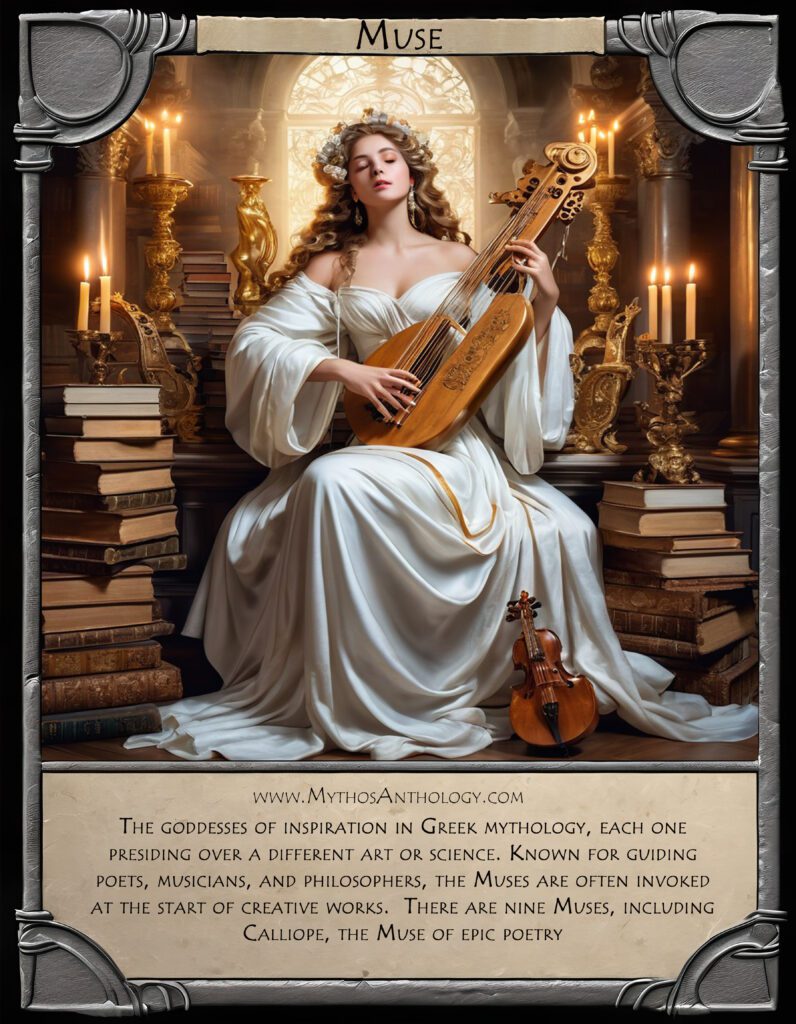Captain’s report: Victor T. Mayfair of the time ship Zephyros. We’ve just landed in ancient Greece in search of the muses, the nine goddesses who inspired every bit of art, music and poetry. Imagine needing to write a song and having an actual goddess whisper the lyrics into your ear. First up, Calliope. She’s the muse of epic poetry. Think Iliad and Odyssey.
She’s the one who made those stories legendary. Then we’ve got Terpsichore, the muse of dance. Every time you hit a groove on the dance floor. It’s Terpsichore’s influence. She even plays the lyre while you bust a move. And don’t forget, Euterpe, the muse of music. She’s the one plucking the strings of inspiration behind every great tune. Even ancient Greece had its hits.
The muses were the daughters of Zeus and Mnemosyne. The Titaness of memory. And it’s believed they lived on Mount Helicon, where springs of creativity literally flowed from the ground. Think you’d be able to keep up with their creativity? Follow us for the full interview and more epic adventures from Mythos Anthology.
The Muses are among the most beloved and revered figures of Greek mythology. These nine goddesses, daughters of Zeus and Mnemosyne (the Titaness of memory), are the personification of the arts, sciences, and knowledge. They were believed to inspire poets, musicians, philosophers, and artists, guiding them in their creative and intellectual pursuits. The Muses represent the Greek cultural belief in the divine origins of inspiration and the idea that art and knowledge were gifts bestowed by the gods. For centuries, they have continued to inspire artists and thinkers, both in classical times and in modern media.
Read the Full Report Here

